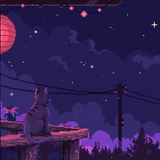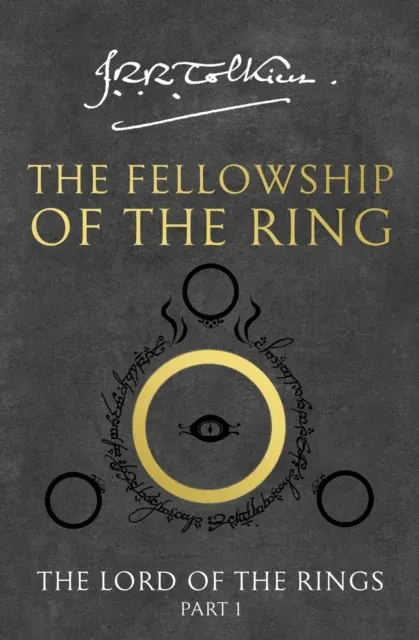Poems

A Dream Within A Dream
Written by Edgar Allan Poe
Mood:
- The mood of the poem is dark and depressing:
“You are not wrong, who deem
That my days have been a dream”
Main Idea:
- The poem contemplated the nature of life. Poe in this poem questions the reality of his life, unsure if it is merely a figment of his imagination.
Symbolism:
- Sand slipping through his fingers represents the inevitability of losing one's life.
Literary Devices:
- Symbolism: The “surf-tormented shore” symbolizes Edgar's inner pain and distress.
- Metaphor: The entire poem portrays life as a “dream within a dream,” emphasizing its elusiveness.
The Purple Cow
Written by Gelett Burgess
Mood:
- The mood of the poem is humorous:
“I never saw a Purple Cow,
I never hope to see one;
But I can tell you, anyhow,
I'd rather see than be one.”
Main Idea:
- The idea is that the author does not want to be weird, but he does not mind seeing weird things as long as he is not included on the list.
Literary Devices:
- Hyperbole: The author says that if you learn his poem and quote it, “I'll Kill you if you Quote it!” This is not meant literally and is an exaggeration to emphasize the weirdness of his poem, which could make people think he is unusual.
If—
Written by Rudyard Kipling
Tone:
- The tone of the poem is instructive. It encourages readers to keep integrity, resilience, humility, confidence, patience, truthfulness, and perseverance in the face of tough situations such as:
“If you can keep your head when all about you
are losing theirs and blaming it on you,"
Main Idea:
- The poem encourages readers to not lose their morals and good conduct when others are persecuting them for doing that.
Literary Devices:
- Kipling uses repetition in this poem by repeating the phrase “If you can.”
I'm Nobody! Who are you?
Written by Emily Dickinson
Mood and Tone:
- The mood of the poem is humorous, and has a hidden meaning that being nobody, and unknown is better than being famous or well known:
"I’m Nobody! Who are you?
Are you – Nobody – too?
Then there’s a pair of us!
Don't tell! they'd advertise – you know!"
Main Idea:
- The poem states that being unknown by everyone is a good thing. Dickinson says in this poem that she is happy having anonymity.
Literary Devices:
- In the poem, Dickinson uses the phrase “How public – like a Frog.” She uses a simile to compare being “public” to a frog’s croaking (loud and easily heard) but fruitless in the end.




